Reliable, Efficient, Easy-to-Use Solutions for Flour Testing
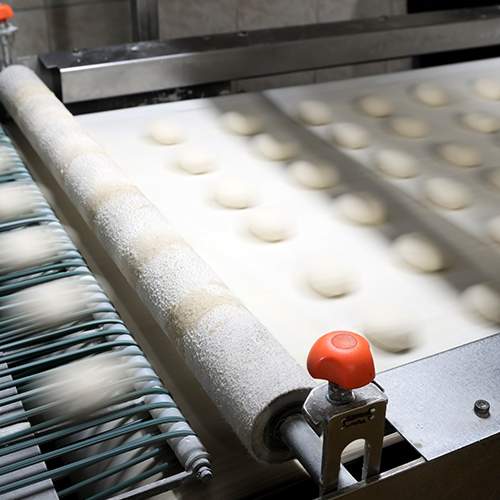
Flour and Dough Testing
Uniformity and reproducibility are paramount in baking, milling and pasta making operations to ensure customers can depend on the quality and consistency of the ...
Learn More

Glutomatic System
Trust the world standard for measuring Gluten Index, gluten quantity and quality in flour, wheat, durum and semolina. PerkinElmer’s simple and rapid Glutomatic ...
Learn More
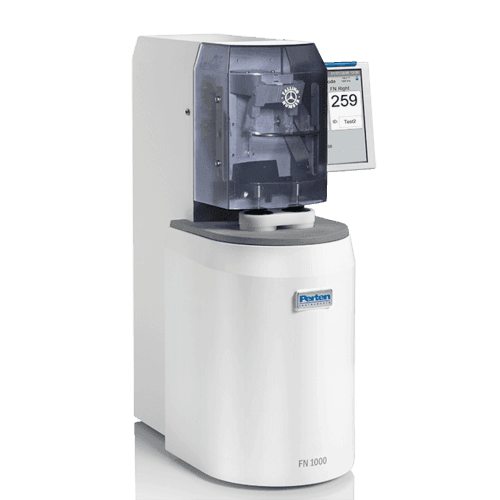
Falling Number
The World Standard Method for determining sprout damage and alpha-amylase. The Perten Falling Number® System measure alpha-amylase enzyme activity in grains and ...
Learn More
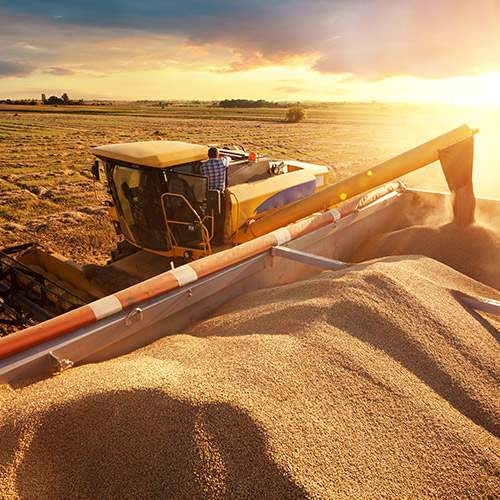
Whole Grain Analyzers
Whether you’re at the receiving area or in the lab, our whole-grain analyzers portfolio, with multiple official approvals, can help you get accurate results for ...
Learn More
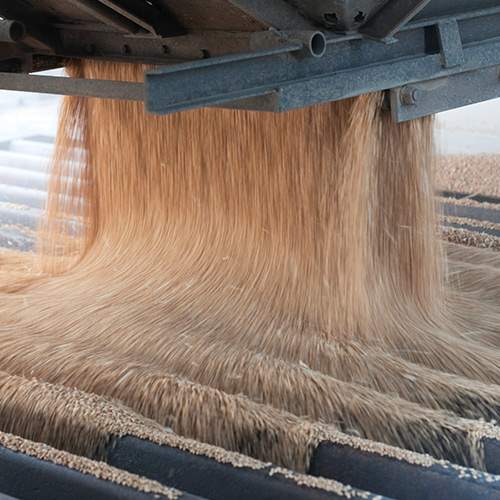
Process NIR Analyzers
Our in-line and online process monitoring instruments are typically installed in the process line – on a mixer, in a pipe, or at a transition point – and can se ...
Learn More

Grain and Feed Mycotoxin Testing Solutions
The average yearly incidence of mycotoxins in grain and feed above regulatory limits approaches 25%. Climate change is also adding to the uncertainty of mycotox ...
Learn More
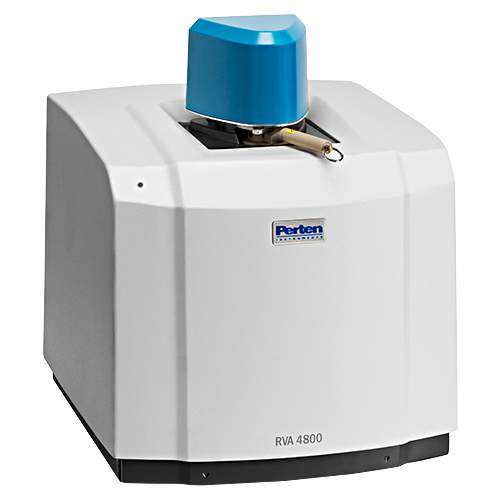
RVA
The Rapid Visco Analyser is a unique tool for product development, quality and process control and quality assurance. It's a cooking, stirring viscometer with r ...
Learn More
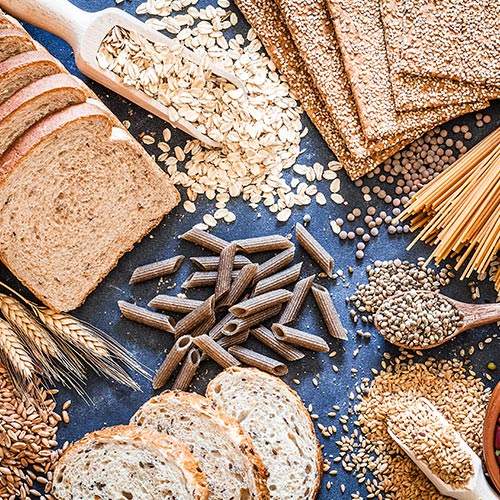
Benchtop NIR Analyzers
Our lab/at-line instruments are extremely versatile, ideal for everything from incoming ingredients to processed samples and finished products. Grains, pellets, ...
Learn More






















